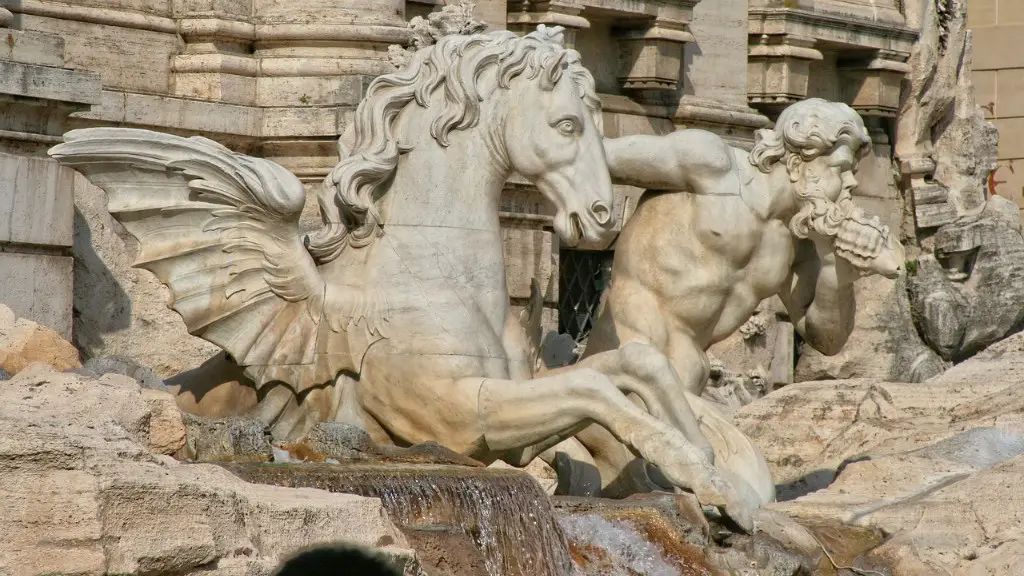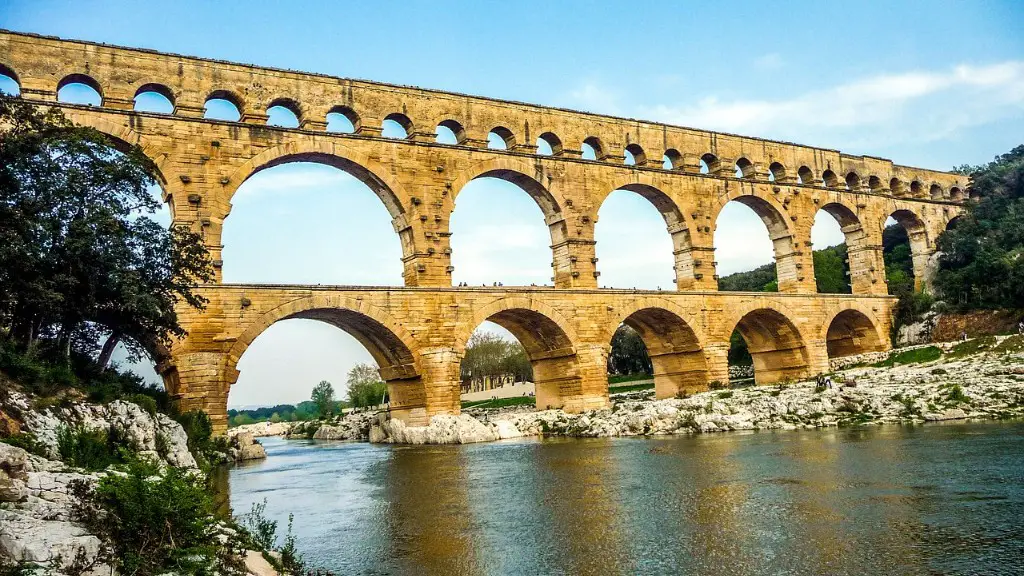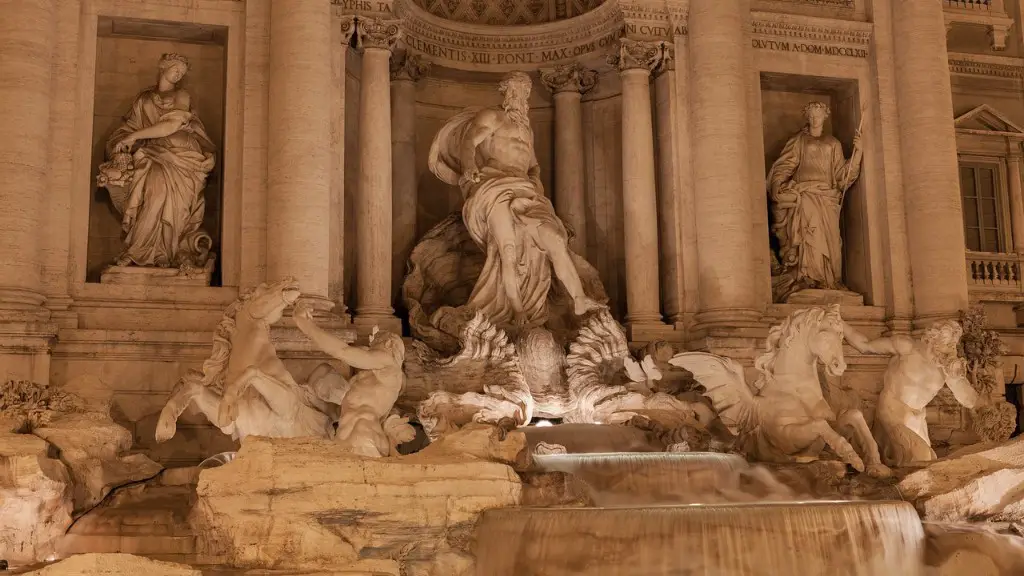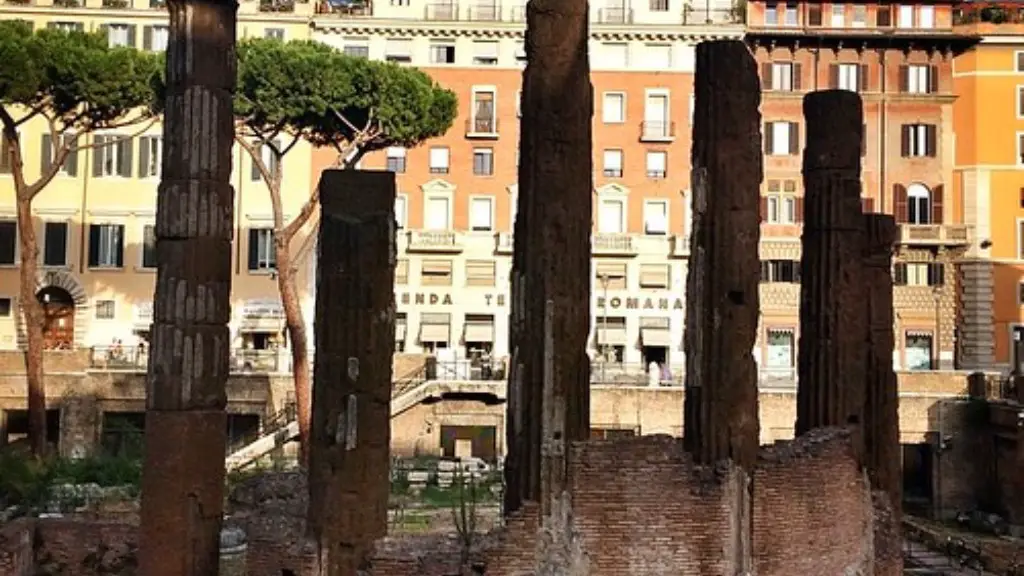Ancient Rome is a fascinating topic for anyone interested in history and world civilisation. As the centre of one of the oldest civilisations, Rome has a long and remarkable legacy. From the impact of Roman law on modern legal systems to the architectural influence of Roman engineering, Rome has had a profound effect on history. While the Romans left behind much to be admired and studied, there are some misconceptions about Ancient Rome. To provide a more accurate and comprehensive picture, here is a closer look at the culture and civilisation of Ancient Rome.
Geography
Rome was initially founded in 753 BC on the banks of the River Tiber. As a small grouping of villages, the region was initially divided into several social classes – nobility, freemen, and slaves – and Rome was ruled by an elected monarch. As the city flourished and its borders expanded, annexation of nearby territories increased Rome’s power base and enabled access to more resources. Eventually, during one of its periods of growth, Rome’s borders stretched from Britain in the north, to Egypt in the south, and from Spain in the west, to Asia in the east. This meant Ancient Rome had considerable influence over a vast geographic area.
Legacy
The political and cultural influence of Ancient Rome pervades modern-day civilisation. From the concept of the rule of law to the use of Latin in legal language, many of the hallmarks of civil society stem from Ancient Rome. Similarly, the architectural style of Ancient Rome is evident in the elaborate buildings in many European cities, for example, the Colosseum in Italy. Additionally, Rome’s language and art formed a basis for much of Western culture, and its literature served as an inspiration for many subsequent authors. For example, Virgil’s Aeneid provided an inspiring source material for generations of readers.
Political System
Rome was initially ruled by an elected monarch. This changed when the Roman Republic was founded in 509 BC, creating a new system of checks and balances. Over time, the Republic established a set form of representative government that had a senate, executive officers, and assemblies. With this form of government, Rome was able to break away from monarchical rule and bring about a period of stability, which further enabled its growth.
Culture and People
The Ancient Romans had a rich and diverse culture. They were known for their art, literature and philosophy, which are still studied and revered today. Music, theatre and laws were also key aspects of Roman life, particularly for the upper classes of society. On a less exalted level, the Romans were also known for their courtship rituals, revelry, religious observances and love of good food. As a people, the Romans were characterised by a strong sense of communal responsibility and justice, a keen appreciation for generosity, and a fondness for public displays.
Military
The military success of Ancient Rome is unmatched in history. Having conquered and subjugated most of Europe, Rome established its reputation as a powerful military empire. This was due to their soldiers’ superb training, utilising advanced weaponry and strategic leadership. The Roman military machine was so successful that much of the technology they used remained in use for hundreds of years afterwards.
Economy
The economy of Ancient Rome was largely driven by its abundant natural resources, such as timber and minerals, and access to resources from conquered territories. Trade also played a significant role in Rome’s economic growth. The currency and taxation system in Ancient Rome were especially efficient and effective. This provided Rome with a steady flow of wealth and enabled it to expand and grow.
Technology
Rome pioneered the use of technology in military, construction and infrastructure areas. Their advancement in practical engineering and architecture enabled them to build a formidable array of structures such as roads, aqueducts, and amphitheatres. Similarly, the Romans developed sophisticated weapons like the repeating crossbow and the ballista. The use of the pulley system and cranes also enabled them to construct more rapid and larger structures.
Religion
The Ancient Romans believed in various gods and goddesses, which were incorporated into their daily lives. Religion and religious ceremonies were closely tied to all aspects of Roman life, from farming and governance, to military and commerce. The Romans believed that the gods controlled their lives and that their favour was needed for success and prosperity. With their diverse beliefs and religious practices, the Romans were able to accommodate different cultures and beliefs.
Decline
The decline of the Roman Empire began in the 3rd century BC and was caused by political and economic turmoil, as well as over-expansion and overextending their resources. This meant Rome was unable to administer or defend its territories effectively. In addition, as an agrarian nation, they were vulnerable to famine and disease. Eventually, the weakened state of the Roman Empire combined with the invasions of the Germanic tribes, lead to its sacking in 476 AD, and the official end of Rome’s reign.
Influence on Modern Society
Through its unprecedented geographical reach, sophisticated political system, powerful military technology and strong cultural traditions, the Roman Empire had a vast and lasting influence on modern-day society. From the concept of representative democracy to language, architecture, law and a host of other cultural trappings, the spirit of Ancient Rome still lives on.
Government and Laws
The Ancient Romans developed a unique legal system – known as the Twelve Tables – which codified laws and provided the basis for their civilised society. This enabled Rome to protect citizens from arbitrary decisions by the ruling class, and to establish a set of rights and responsibilities. The Roman legal system also provided the foundation for many modern-day legal frameworks.
Persecution and Oppression
While the Romans were considered fairly advanced for their time, some of their practices and beliefs have been described as oppressive. For example, the persecution of Christians and other religious minorities was commonplace. This was combined with slavery and the subjugation of women, in spite of Roman advancements in civil law. This darker side of Ancient Rome provides a cautionary tale when considering the influence of powerful civilisations.
Social Status and Class Structure
Social status and social prestige were important facets of Ancient Roman life. As with many civilisations, Rome’s stratified class system meant that the wealthy and powerful occupied positions of privilege. This led to struggles between the different social classes, and the power imbalance between the two groups was used to maintain order in Roman society.
Religious Beliefs
The many gods and goddesses of Ancient Rome were based on the polytheistic pantheon of the Greeks. While most of these gods and goddesses had their own individual folklore and religious devotees, some of the Roman gods were worshipped in every household and in numerous cities. This polytheism was largely indicative of the diverse religious beliefs throughout Rome and its governing territories.
Education
Education was a major component of Roman life, with most children receiving some form of education before they reached adulthood. This was largely achieved via specialised teachers or tutors who would provide instruction in language, religion, mathematics and other subjects. Only wealthier citizens had the means to access higher education, but even the poorest citizens were expected to have a basic foundation in reading and writing.



